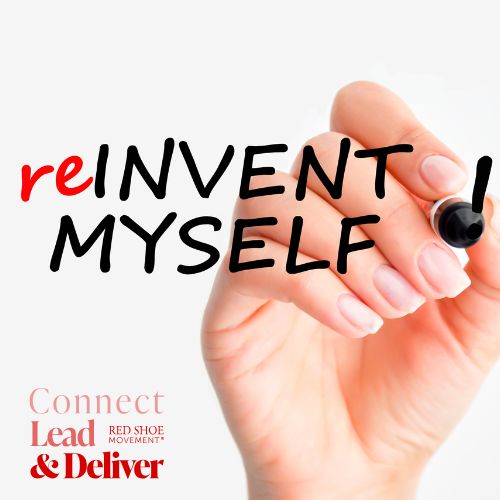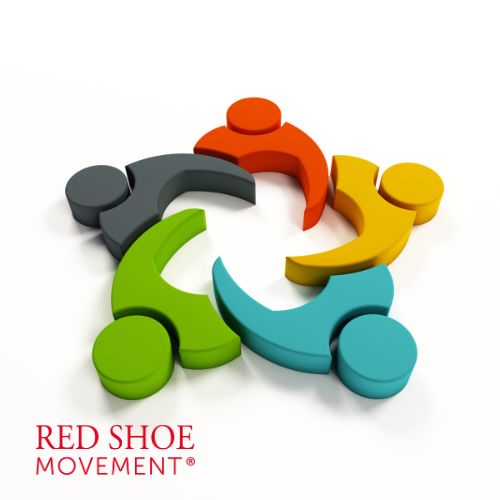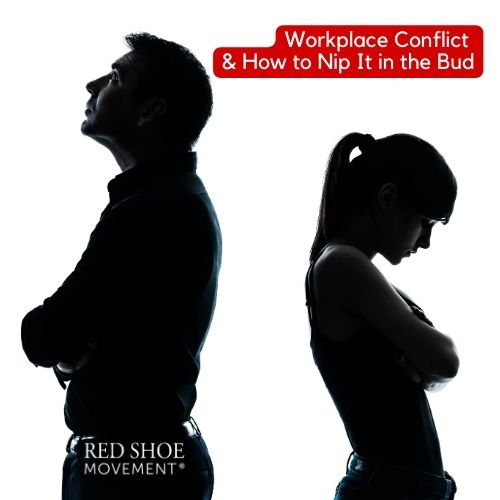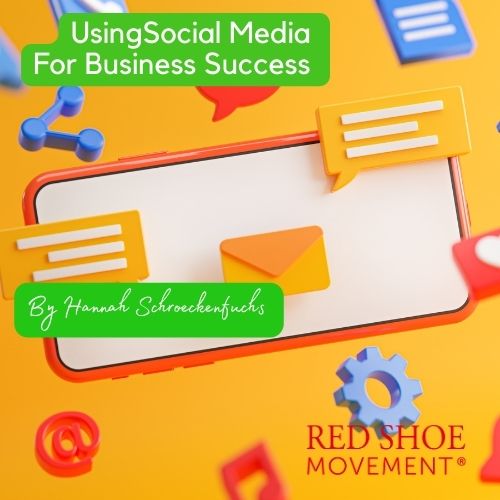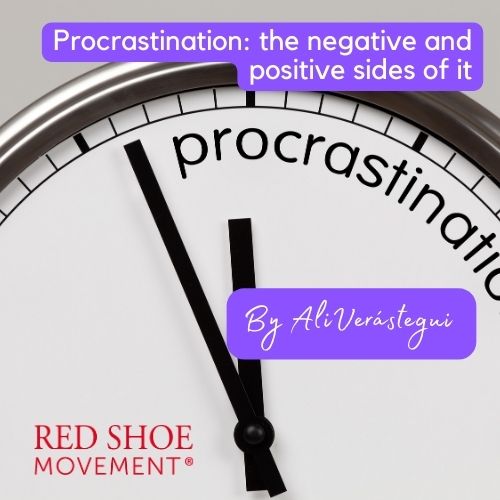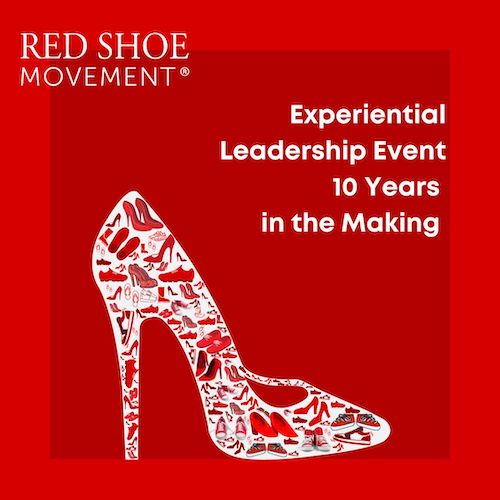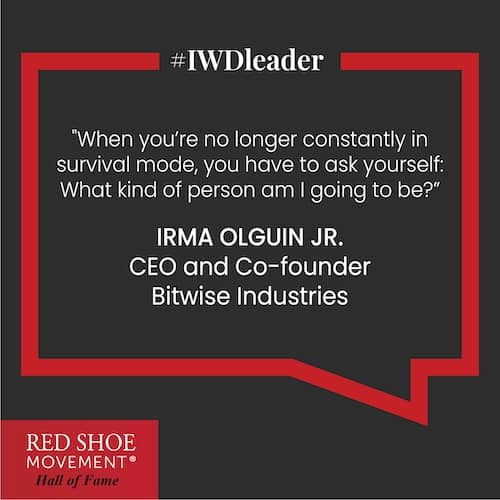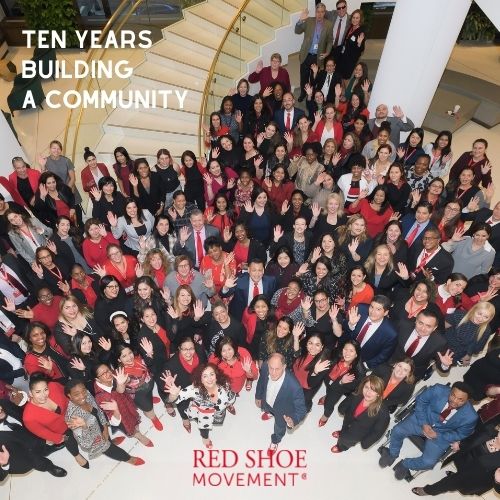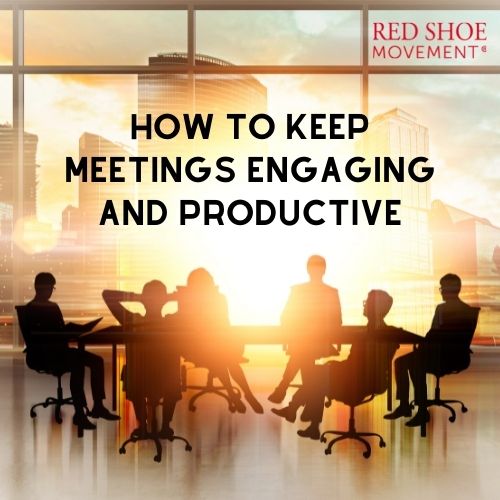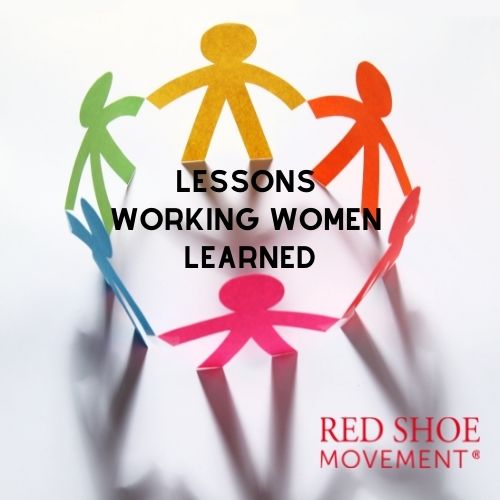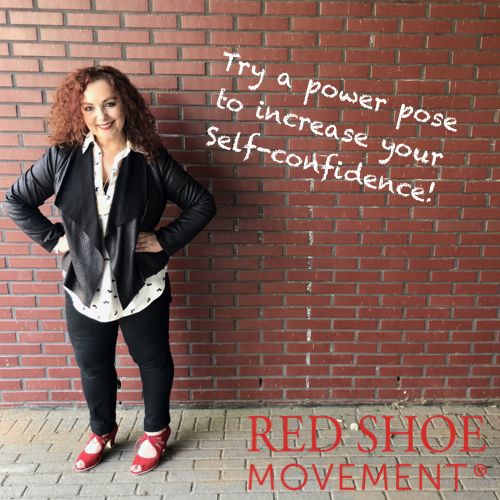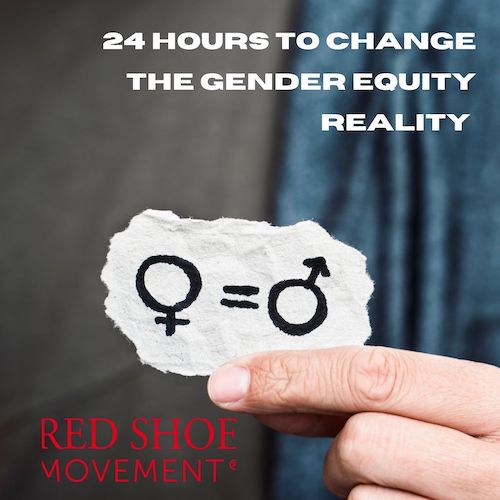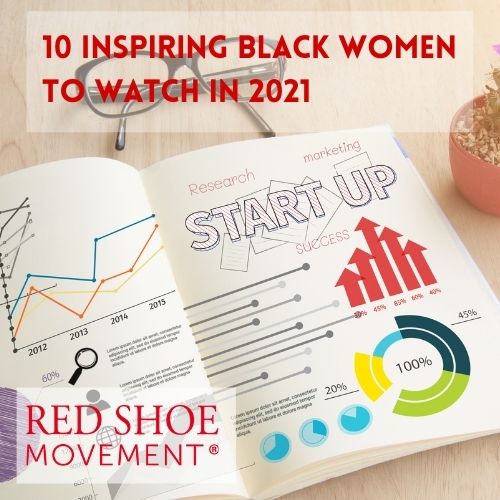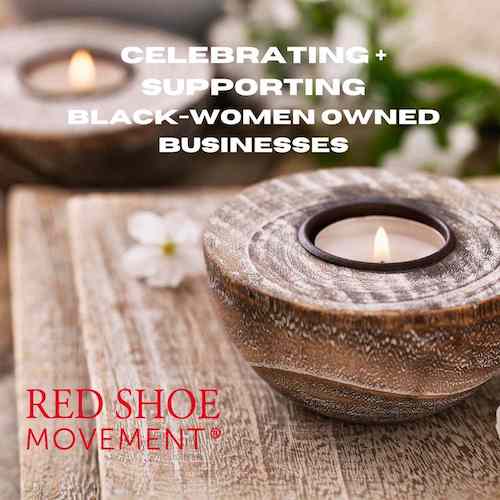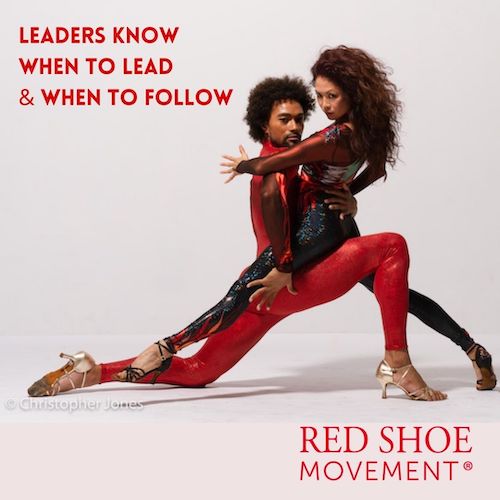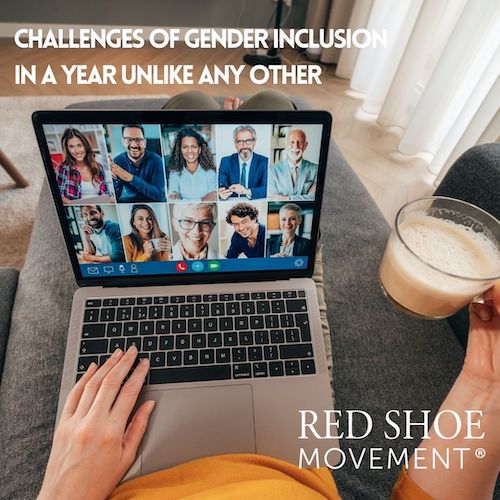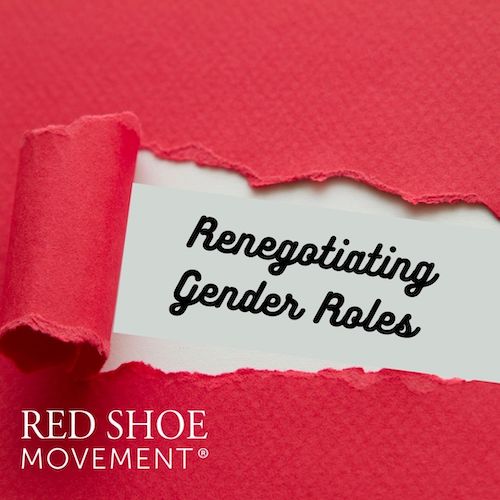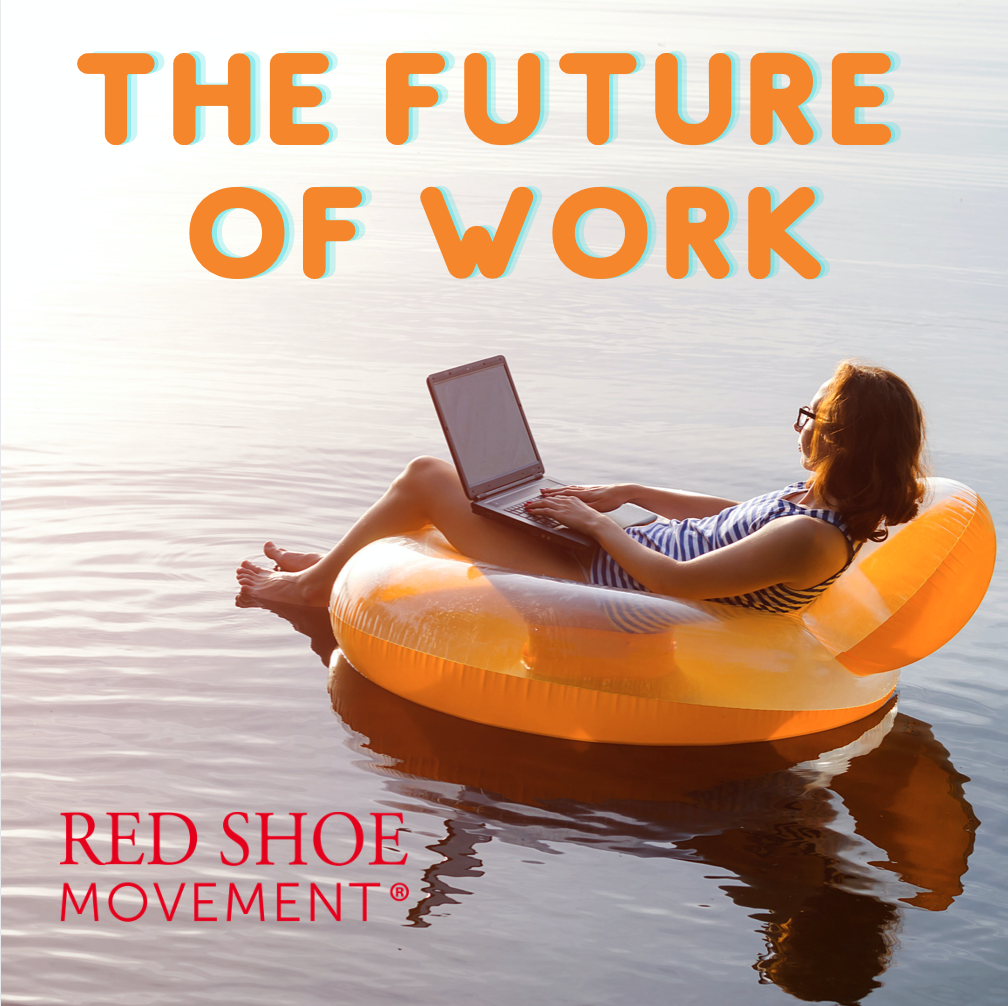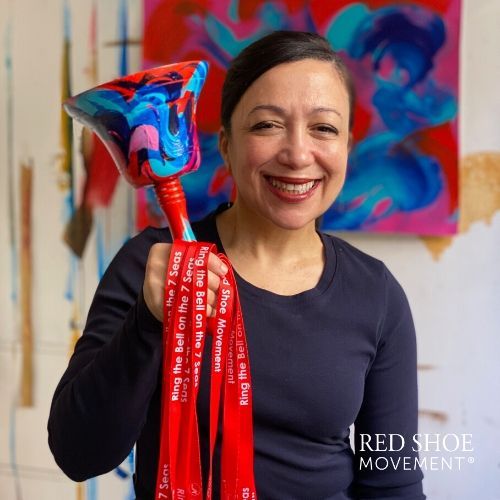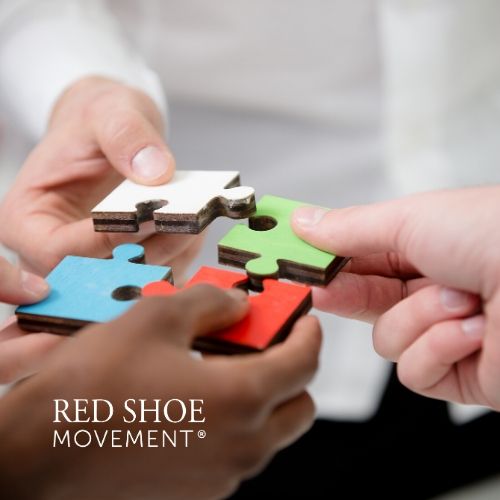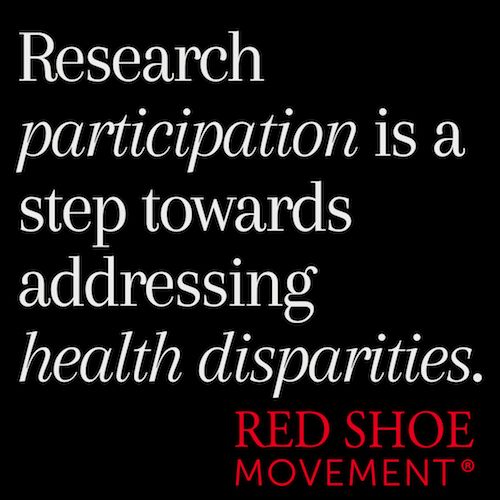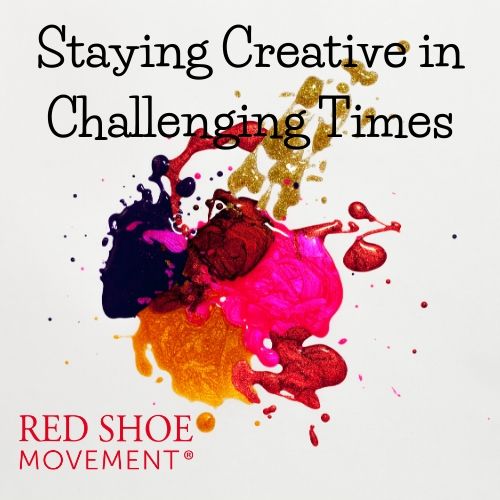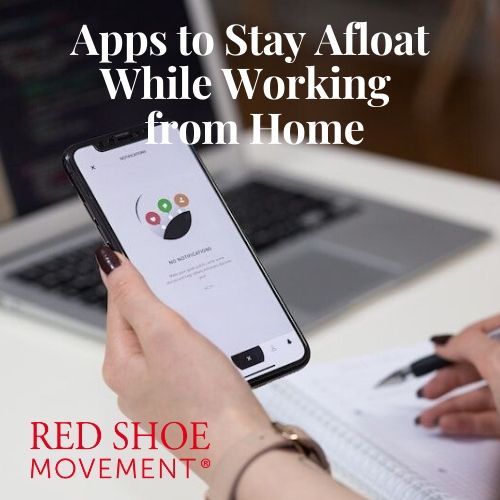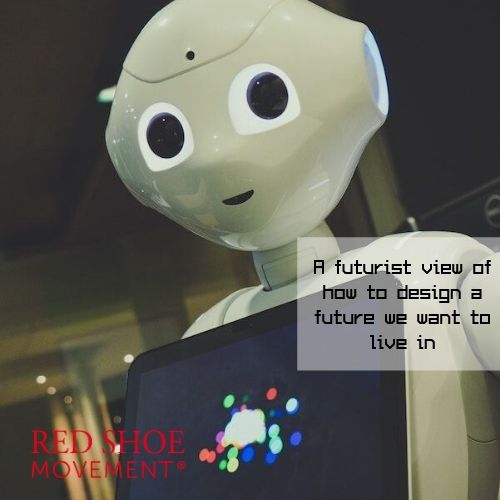You speak up in a meeting, only to be interrupted—or worse, ignored—until someone else repeats your idea and suddenly it’s “brilliant.” Or you carefully prepare to contribute, but the conversation moves so fast you never get a word in. For women in corporate spaces, this is both frustrating and a career hurdle. Visibility matters. Your voice matters. And meetings are often where reputations are built.
Here are 6 ways to make yourself be heard
-
Prep Beyond the Content
Yes, you need to know your stuff. But commanding attention starts before the meeting begins.
- Plan your entry point. Don’t wait for the perfect moment. Instead, choose one agenda item where you’ll jump in early.
- Rehearse your opening line. Something as simple as, “I’d like to build on that point with a perspective from our client data,” signals authority and cues people to listen.
- Bring a headline. Lead with the most important part of your message first—then add context. That way, even if someone interrupts, your core point has landed. Also, watch out how much context you share with different audiences and cultures. People from higher context backgrounds such as those who come from Latin America or women in general, will appreciate you providing additional context. Others, those from low context backgrounds like people from European backgrounds or men, in general, would prefer you getting to the point faster.
-
Manage Interruptions in Real Time
Interruptions are a reality, but they don’t have to derail you.
- Hold your ground: If someone cuts in, say calmly but firmly, “I’d like to finish my thought.” Then continue without apologizing.
- Tag back in: If you lose your turn, circle back later: “As I was saying earlier, the key takeaway is…”
- Enlist allies: Ask a trusted colleague beforehand to back you up. For example, if you’re interrupted, they can say: “Let’s hear Maria finish her point.” Research shows this works.
-
Use Your Voice—Literally
Tone, pace, and body language matter as much as words.
- Be more or less assertive depending on what you already project. If you’re someone who naturally comes across as highly assertive, hedging and raising your tone as in a question at the end of a sentence can help you come across as warmer and caring. If you’re someone who comes across as super nice and not assertive enough, do the opposite. Speak in statements and drop all hedging.
- Lower your pitch slightly. It projects authority.
- Slow down. Rushing makes you sound unsure, even if you’re not.
- Pause strategically. A moment of silence after your statement draws attention.
- Sit tall, lean in. Physical presence reinforces vocal presence.
Building Status in the Workplace
-
Make Contributions “Sticky”
Ideas don’t always get remembered—or credited—unless you make them stick.
- Name your ideas. A catchy label makes people cite you when repeating them. (“The Fast-Track Plan we discussed…”)
- Connect to impact. Instead of just sharing data, link it to results: “If we adopt this process, we’ll cut onboarding time by 30%.”
- Reinforce later. Follow up in writing: “Here’s a recap of the three points I raised in today’s meeting.” Now there’s a paper trail with your name on it.
-
Shift from Contributor to Facilitator
Commanding attention is also about shaping the conversation.
- Ask questions that reframe the discussion: “How would this impact our customers six months from now?”
- Highlight others strategically: “Let’s pause—Sheila just raised a key point I think we should unpack.” (This builds influence and earns goodwill.)
- Summarize and steer: “So far, we’ve heard three approaches. Here’s what they have in common…” This positions you as someone guiding the group, not just adding comments.
-
Reframe Invisible Contributions
Sometimes your work is used, but your name disappears. Don’t let it.
- Claim credit gracefully: “I’m glad the team is finding the framework I developed useful—here’s how we can expand it.” Or, “I’m glad Peter is onboard with the idea I shared earlier.”
- Document impact: Keep a record of what you deliver, and share progress updates publicly when appropriate.
- Speak up for others too: A culture of acknowledgment grows when more people practice it. Recognize the contribution of your peers, particularly if they are women or they are part of an underrepresented group.
Taking the Mic, Keeping the Mic
When we say that you should own your voice in meetings, we don’t mean you have to dominate the conversation. It means you must make sure your expertise shapes decisions and that your ideas are heard, remembered, and credited. When women consistently claim space, the whole dynamic of the room changes.
So, the next time you’re in a meeting, don’t wait quietly for the perfect opening. Step in early, speak with clarity, hold your ground, and follow through. Because your ideas deserve the mic—and so do you.
If you’re ready to develop this power skill and many others to help you grown in your career, sign up for the Step Up Women program today!


































